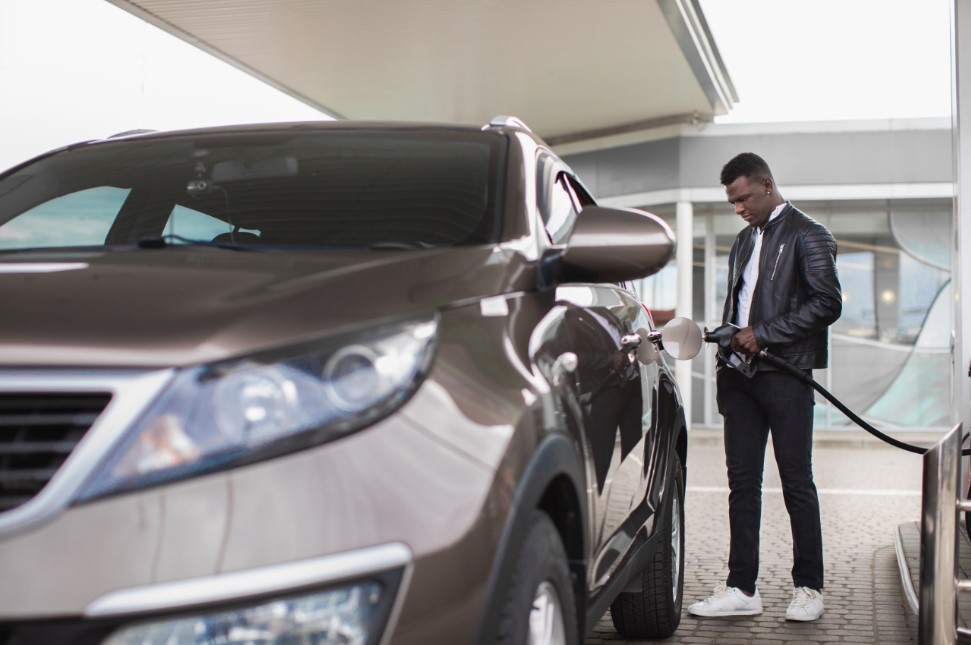Remember These Simple Tips to Drive Safely in the Rain

While spring showers bring about beautiful, green landscapes, they also can create some serious hazards on the road. Wet weather is one of the leading causes of car accidents every year. With such an increased risk, it’s important to know simple precautions we as drivers can take to safely handle rainy conditions.
This is especially true for those that live in an area prone to flash flooding. Sudden, heavy onsets of rainfall can cause water to accumulate quickly, resulting in entire roads being submerged or even flooded completely.
To help prepare for potentially wet, dangerous conditions, our blog outlines provisions drivers can take to drive safely in the rain, as well as the impact of flash flooding, and what to do if you encounter flooding on the road.
Drive Cautiously in the Rain
- Exercise caution with slower speeds: When the rain starts to fall, the best thing you can do as a driver is take extra care and precaution in order to drive safely. Slowing down to a comfortable and safe speed is an important step— when roads become slippery, driving slower can help you maintain control of your car and stopping distances.
- Increase your following distance and don’t tailgate: Maintain a distance of several car lengths between your car and the one in front of you. In wet conditions, you simple cannot brake the way you can in ideal conditions- so keeping a comfortable safe distance from other vehicles is key.
- Use your headlights: Even if it’s only a light rain shower, your headlights can help you see the road better, as well as help other drivers see you better.
- Watch out for standing water. The best case-scenario is to avoid standing water. Driving through standing water can cause your car to hydroplane, or skid across the surface of the road.
Check and Replace Windshield Wipers, Tires & Lights
- Windshield Wipers: Windshield wipers are perhaps your most important piece of safety equipment for driving in the rain because they clear away water droplets and improve your visibility. If you notice your wiper blades streaking, making a screeching sound, or misshaped in any way - then it’s best to have them looked at and replaced if necessary.
- Check Your Tires: If your tires are worn or don’t have suitable tread left in them, your tires could easily slip and float on the thin layer of water that could be covering the road you’re driving on—a phenomenon known as hydroplaning. This is why it’s so important to check your tires before the rainy season and replace them when the tread level gets too low. When you have deep enough tread, the water on the road has small channels to move into, keeping your tires in contact with the ground as normal. When the tread is too shallow, your car could hydroplane, which means you could lose control of your car while driving. According to Defense Driving, if you do hydroplane, it’s important that you do not brake or accelerate suddenly or jerk your wheel sharply in one direction or the other.
- Check Your Lights: Your headlights, tail lights, blinkers, running lights, and other safety lights are extremely important in wet weather. When visibility is limited, you want to help other drivers see where you are and what you’re doing. Every few months, have someone turn on your headlights, press your brakes, flip on both your indicator switches and see if you have any burned-out bulbs. Replacements are usually just dollars at your local auto parts store.
Flash Flood Safety
Flash floods are extremely dangerous for drivers, as they can come on quickly and give drivers little to no time to react. Floodwaters are extremely powerful—with as little as six inches of water, your tires could lose traction and slide, resulting in loss of control and increased risk of a crash. At 12 inches of water, most vehicles can float, which means you could find yourself being carried away downstream. 24 inches of water is dangerous for even taller, tougher vehicles like trucks and SUVs.
If you can help it, avoid driving in flash flood warnings and stay clear of areas where water can pool up. Remember – turn around, don’t drown! If you happen to find yourself in a situation where floodwaters rise around your car, then it’s best to abandon the car and move to higher ground if you can do so safely.
For a better understanding of flood risk in your area, we recommend visiting FEMA’s Flood Map Service Center for information.
About Christian Brothers Automotive
For over three decades, Christian Brothers Automotive has sought to change the way people think of the automotive industry by providing friendly, reliable, honest and transparent auto repair services.
Guided by the principal of loving your neighbor as yourself, our locally owned and operated shops across the nation are here to help you with your car care and repair needs.
To find a shop near you, please search our interactive map here.


[1].jpg)
Sunwash-Tech-with-Customer.jpg)

